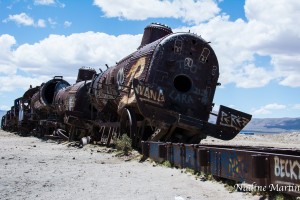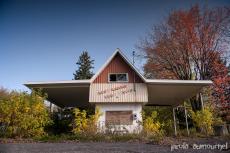This domain’s history is rooted in the nineteenth century, back when industrialists in Canada are mostly English or Scottish men. At that time, French-Canadian people, who form the majority of the population, do not participate in the economic...
The train cemetery in Uyuni, Bolivia
Asi es la vida
It is at Uyuni, a small town of just over 10,000 inhabitants located more than 3,670 meters above sea level that can be found one of the most famous train cemetery. Well, we must also say that the world's largest salty desert is located in Uyuni : the Salar of Uyuni. But hey, that's another story.
This unusual cemetery has its origins in the railway history of the country and this city which was once the largest crossroads of Bolivia railway. With its 10 million inhabitants, Bolivia is landlocked by Peru and Argentina to the east, north Brazil and Paraguay and Argentina to the south.
Thus, the carcasses of the thirty locomotives and wagons attracts its share of tourists. While some balk against the look of semi-dump of the place, others like to walk down this post-apocalyptic western atmosphere where rust does its work on these locomotives of the past century.
Related content
Once upon a time, a small piece of land bordering Autoroute 15 in Piedmont came to life every summer as a place of amusement. The Cascades d'Eau Piedmont, home of the Laurentian's iconic giant faucet, was Quebec's oldest water park when it ceased...
Located near Highway 10, camping Martel, also known as the Gite du passant, is abandoned for a long time. Moreover, I had to discuss with the old villagers to know the name of that place. I tried to learn more by sending an email to the city, but...
Located at the north of Baltimore, this Beaux-Arts influenced Gregorian Revival style by N.Y. architects Boring and Tilton buildings was one of the oldest school of Maryland before its closure in the 90s. The 330 acre campus is constituted of...























